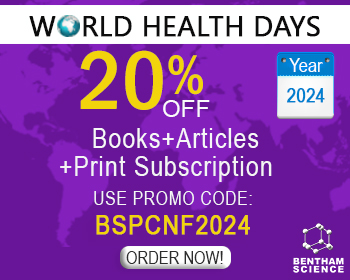Abstract
Vitamin D (VitD) comes from sunlight exposure and food intake. Apart from regulating calcium homeostasis and bone function, its levels also associate with the presence of development of adenocarcinoma. VitD can interact with VitD receptor (VDR), which heterodimerizes with retinoic X receptor (RXR) and then induces transcription of proteins that function in cell proliferation, differentiation, apoptosis, and angiogenesis. We reviewed and discussed the genes and their associated polymorphisms involved in the correlation between development of adenocarcinoma and VitD deficiency to highlight how VitD may be instrumental in cancerization. Furthermore, pilot epidemiological data show that the detection of 25-hydroxy-Vitamin D3 ((36.5±10.7 nmol/L, n=129) vs (81.4±19.8 nmol/L, n=81)) can be a promising approach in cancer diagnosis. In this review, we suggest that 25-hydroxy-Vitamin D3 can act as an indicator and/or risk assessment factor in early diagnosis, prognosis and treatment of adenocarcinoma.
Keywords: Adenocarcinoma, biomarker, risk assessment factor, 25-hydroxy-vitamin D3.

























